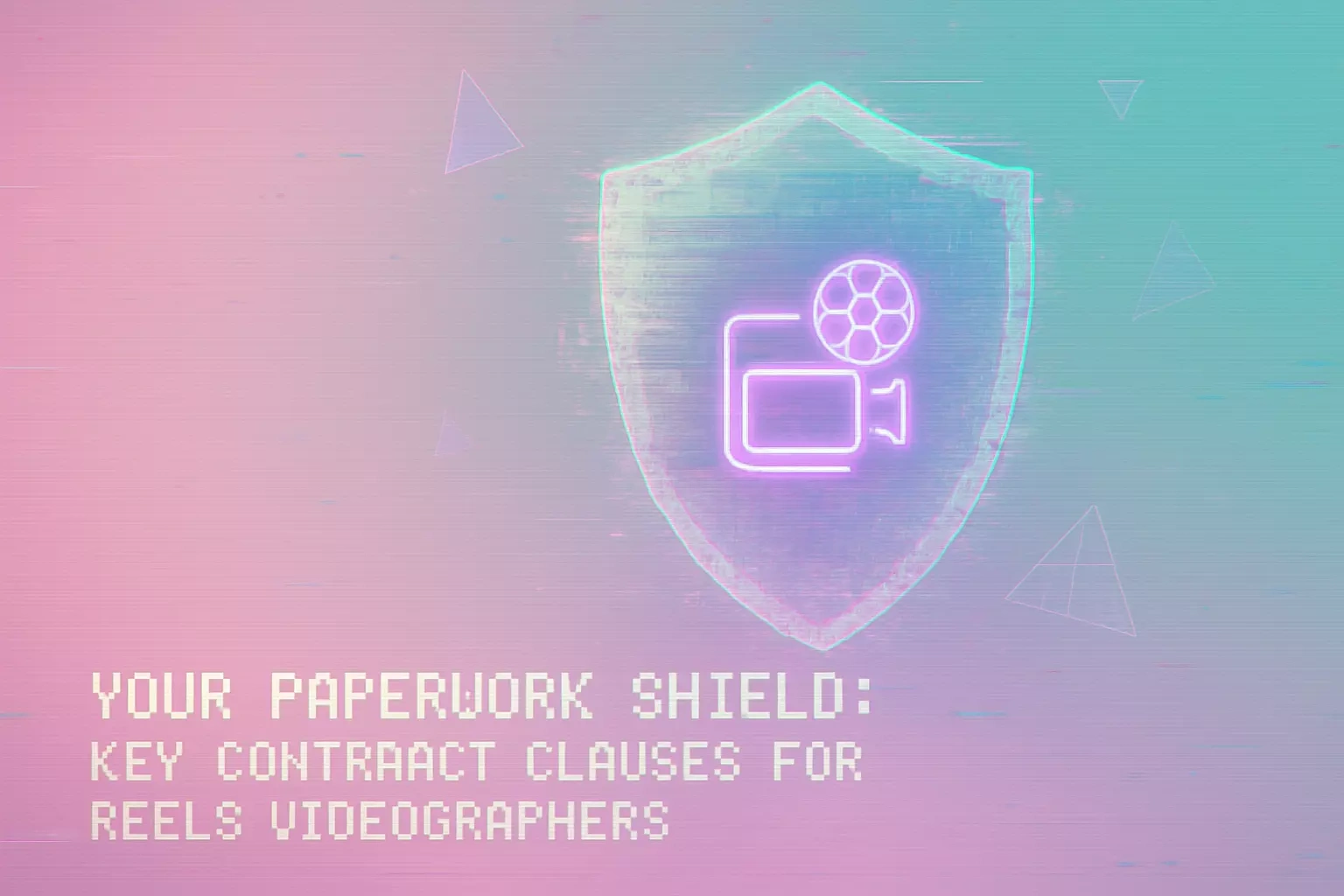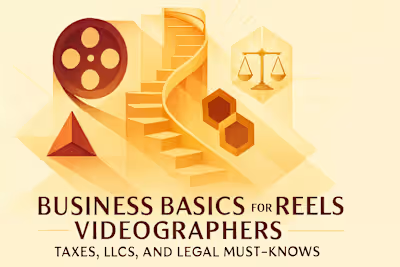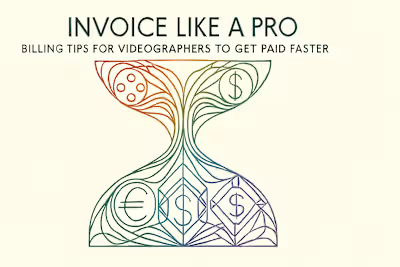Your Paperwork Shield: Key Contract Clauses for Reels Videographers

Your Paperwork Shield: Key Contract Clauses for Reels Videographers
The Foundation: Scope of Work and Deliverables
Defining Project Specifics
Specifying Deliverables and Deadlines
Getting Paid: Payment Terms and Schedule
Structuring Your Fees: Hourly, Project-Based, or Retainer?
Outlining the Payment Schedule and Methods
The Power of Late Fee Clauses
Protecting Your Creativity: Revisions and Ownership
Setting Boundaries with a Revision Clause
Intellectual Property: Who Owns the Footage?
The 'What Ifs': Cancellation and Termination Clauses
Client Cancellation Policy
Termination by Videographer
Legal Safeguards: Liability and Dispute Resolution
Limitation of Liability
Indemnification
Dispute Resolution
Bringing It All Together
References
Your Paperwork Shield: Key Contract Clauses for Reels Videographers
The Foundation: Scope of Work and Deliverables
Defining Project Specifics
Specifying Deliverables and Deadlines
Getting Paid: Payment Terms and Schedule
Structuring Your Fees: Hourly, Project-Based, or Retainer?
Outlining the Payment Schedule and Methods
The Power of Late Fee Clauses
Protecting Your Creativity: Revisions and Ownership
Setting Boundaries with a Revision Clause
Intellectual Property: Who Owns the Footage?
The 'What Ifs': Cancellation and Termination Clauses
Client Cancellation Policy
Termination by Videographer
Legal Safeguards: Liability and Dispute Resolution
Limitation of Liability
Indemnification
Dispute Resolution
Bringing It All Together
References
Posted Jun 30, 2025
Protect your freelance business with airtight contracts. Discover the essential clauses every Reels videographer needs to include to ensure you're paid, protected, and respected.







